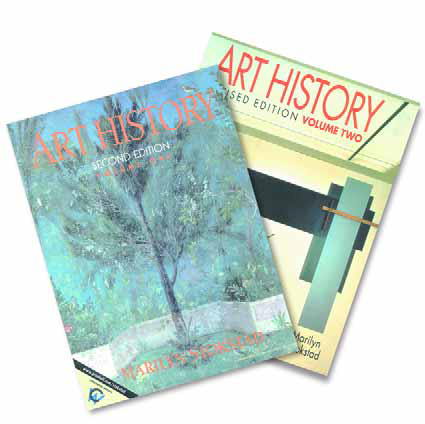Artful Foundations

I have a confession to make: I’ve never really been much interested in art.
That may seem surprising coming from someone who has a degree in landscape architecture and has dedicated a career to design. Fact is, I was never exposed to different types of art or to art history in any serious way: My high school didn’t offer it, my family wasn’t big on it and my landscape-architecture curriculum didn’t require it.
This never really bothered me, and the fact that nobody seemed to care only reinforced my sense that this was knowledge I could avoid.
My blissful ignorance came to a screeching halt when I attended the Genesis 3 Level I school and was told time and again that to be successful as a designer, you need a working knowledge of art history, if for no other purpose than to understand your clients by observing the types of art they prefer. I accepted the advice, but I found it extremely difficult to pursue it because I had no idea where to begin.
Not long ago, I found a wonderful set of books that have helped get me started: Art History by Marilyn Stokstad (two volumes, second edition, published by Harry N. Abrams in 2002). Together these books check in at a whopping 1,300+ pages, but don’t let the size throw you, because they’ll take you on a rapid and engrossing tour of the major traditions of art through the ages.
The first volume deals mainly with prehistoric art and the antiquities of Egypt, Greece and Rome through the time leading up to the Renaissance in Europe. The second picks up with the early Renaissance and carries you through to modern art. It’s primarily about Western art, but there’s also coverage of the art of Africa, the Pacific cultures, China and Japan.
What I appreciated particularly was the cross-disciplinary approach. It’s not all about painting and sculpture, nor is each period dealt with in isolation; instead, Stokstad highlight key connections between movements in art and draws interesting parallels to trends in architecture. Both volumes are beautifully illustrated (with nearly 1,300 plates) and clearly written. There are concise discussions of specific artists, their works, their patrons and the histories of individual masterpieces as they’ve passed through the ages.
I chose these books as a place to start my own studies when I heard that they’re used as textbooks for university-level art history classes. Although it’s not light reading by anyone’s definition, it’s not difficult to digest or understand. In fact, it’s fun and I look forward to absorbing more and more as I go.
I’ve found that this basic information on art and artists has opened me to a far greater appreciation for what I see. I’ve encountered the works of Claude Monet for years, for example, but I never really cared much for all those soft-looking, fuzzy paintings until I learned a bit about his life and times and can now place what he achieved in a meaningful context.
In my career to date, I’ve found that things technical come much easier and are of more immediate interest. But through these two volumes, I’ve come to understand what the Genesis 3 instructors were talking about and why the understanding of a thing or two about art is so important.
I need to live with this new knowledge for a while, but I look forward to a time when I can comfortably walk into a clients’ home, spot the Brancusi sculpture under the spotlight in the entry hall and use my familiarity with 20th-century sculpture as a consideration in my design discussions with them.
I’m still taking smaller steps than that in my development of art appreciation, but I have the sense at least that there some trips to local museums in my family’s future.
Mike Farley is a landscape designer with more than 20 years of experience and is currently a designer/project manager for Claffey Pools in Southlake, Texas. A graduate of Genesis 3’s Level I Design School, he holds a degree in landscape architecture from Texas Tech University and has worked as a watershaper in both California and Texas.










